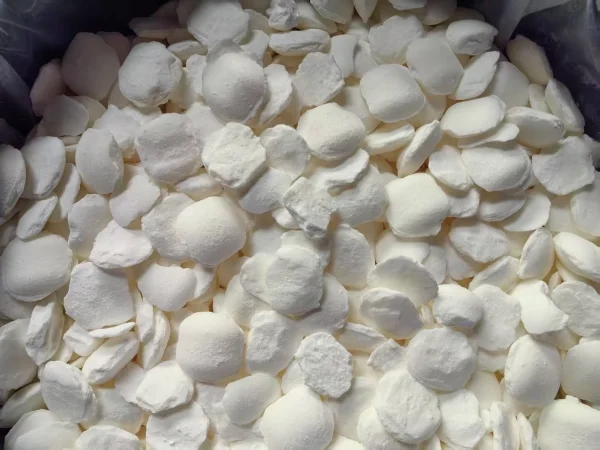
In the mining sector, the extraction of precious metals like gold and silver has long relied on sodium cyanide. However, due to its highly toxic nature, there has been a growing push to find alternatives. This article explores some of the substitutes available and why sodium cyanide continues to hold sway in certain aspects of the industry.
Existing Alternatives
Non-Toxic Leaching Agents
One of the most promising alternatives is the development of non-toxic leaching agents. For example, five-poison-free environmental leaching agents offer a relatively safer option. They can effectively extract precious metals without the risk of the severe environmental and health hazards associated with sodium cyanide. This is a significant advantage, as mining operations are increasingly under regulatory scrutiny regarding their environmental impact.
Thiosulfates
Thiosulfates have also emerged as a viable alternative. They are less toxic than sodium cyanide and can be used in gold extraction processes. Thiosulfate leaching is particularly suitable for ores that are difficult to process with cyanide, such as those containing high levels of copper or other impurities. Additionally, the thiosulfate leaching process can be more efficient in some cases, reducing the overall processing time.
Halides
Halide-based reagents are another alternative. Halides like chloride, bromide, and iodide can be used to dissolve precious metals. They are relatively abundant and can be obtained from a variety of sources. Halide leaching offers a more environmentally friendly option, with lower toxicity levels compared to sodium cyanide.
Why Sodium Cyanide Remains Dominant
Despite the availability of these alternatives, sodium cyanide continues to be the go-to choice for many mining operations. It has been proven to be the most effective method for extracting gold and silver from ores. Sodium cyanide forms strong complexes with gold and silver ions, allowing for efficient separation from the ore matrix. This results in higher extraction rates, which are crucial for the economic viability of many mining projects.
Furthermore, the infrastructure and processes for using sodium cyanide are well-established. Mining companies have invested heavily in the technology and equipment required for cyanide leaching. Switching to an alternative would require significant capital investment in new infrastructure, as well as employee training on new processes.
Conclusion
The mining industry is constantly evolving, and the search for safer and more sustainable alternatives to sodium cyanide is an ongoing process. While substitutes like five-poison-free environmental leaching agents, thiosulfates, and halides offer promising solutions, sodium cyanide's effectiveness and established infrastructure mean it will likely remain a key player in the industry for the foreseeable future. However, as technology advances and environmental regulations become more stringent, we can expect to see increased adoption of alternative methods in the mining sector.
- Random article
- Popular articles
- Popular comments
- Sulfide Ore Nickel Ore Mixed Flotation Process
- Nickel ore magnetic separation+flotation combined process(Sulfide ore)
- Zirconium Ore Separation: Gravity and Magnetic Methods
- Manganese Ore Separation: Gravity and Magnetic Methods
- Molybdenite Grinding and Separation Process
- Titanium Ore Processing: Magnetic Separation, Gravity Separation, Flotation
- Rutile Gravity Separation, Magnetic Separation, and Flotation Process




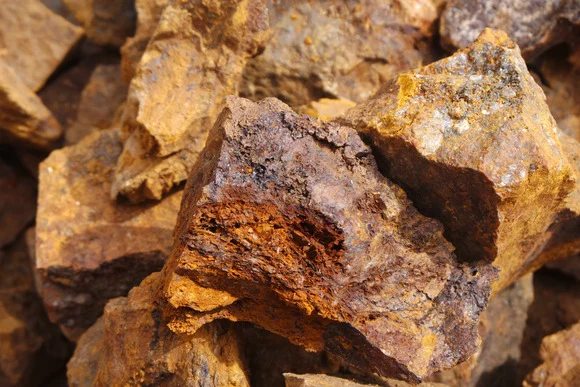
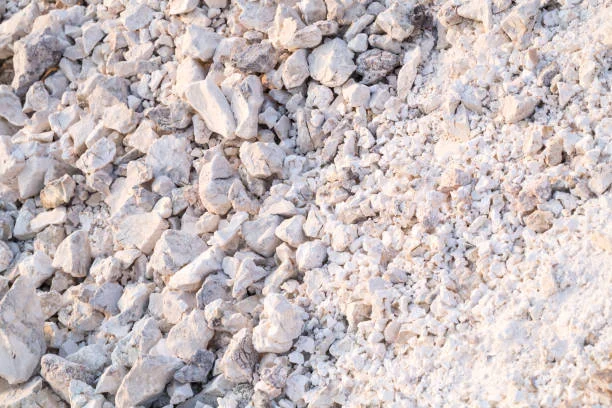
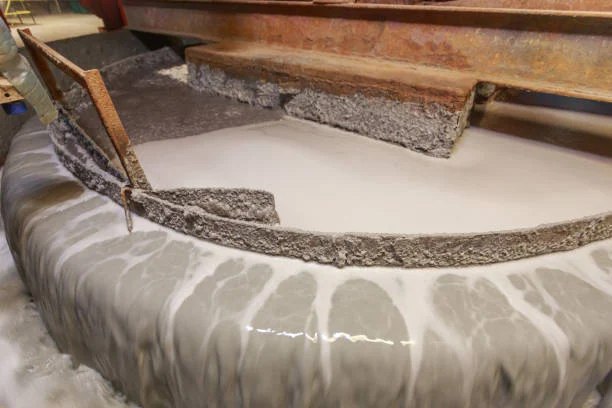

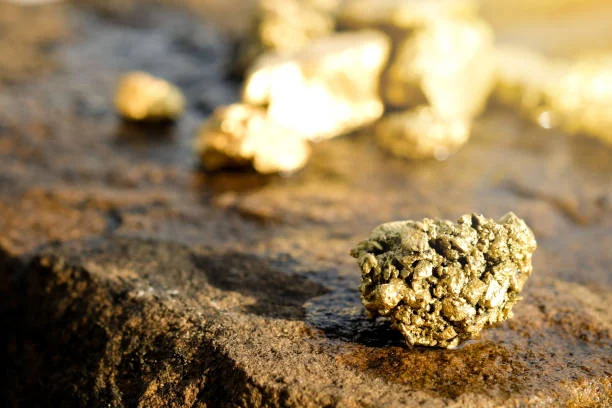
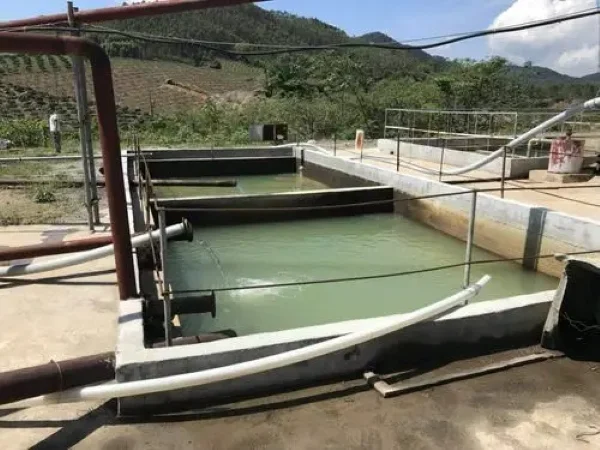
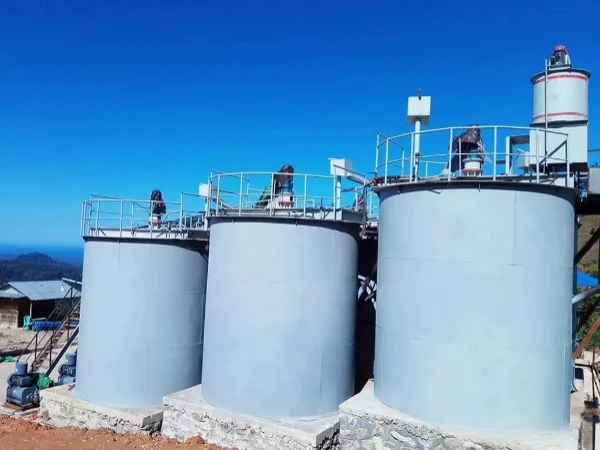
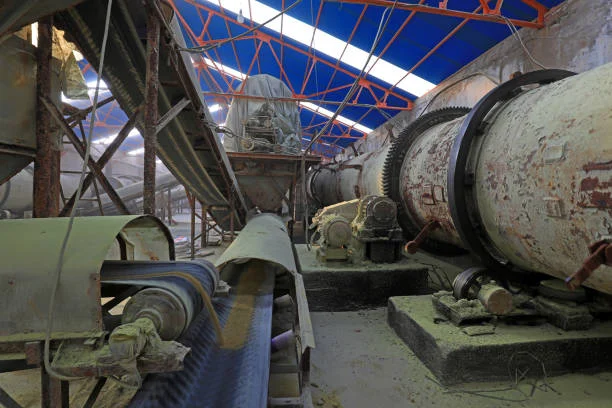
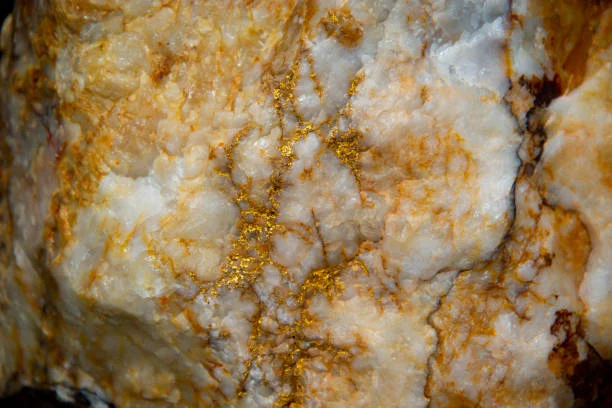
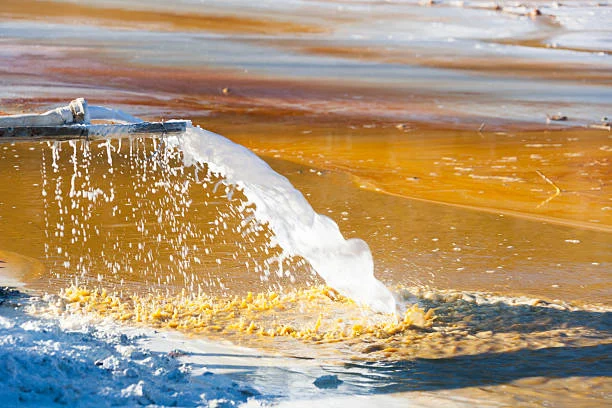
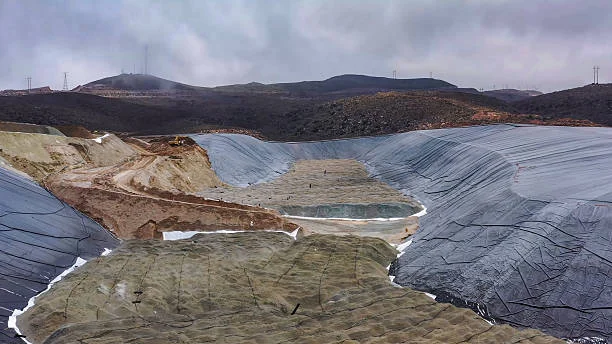

Leave a message with your needs or comments
Add comment: